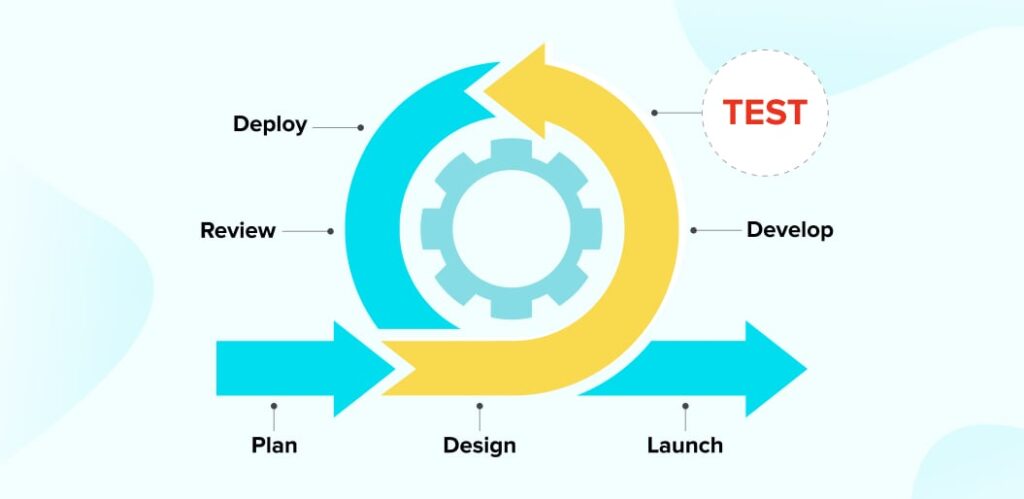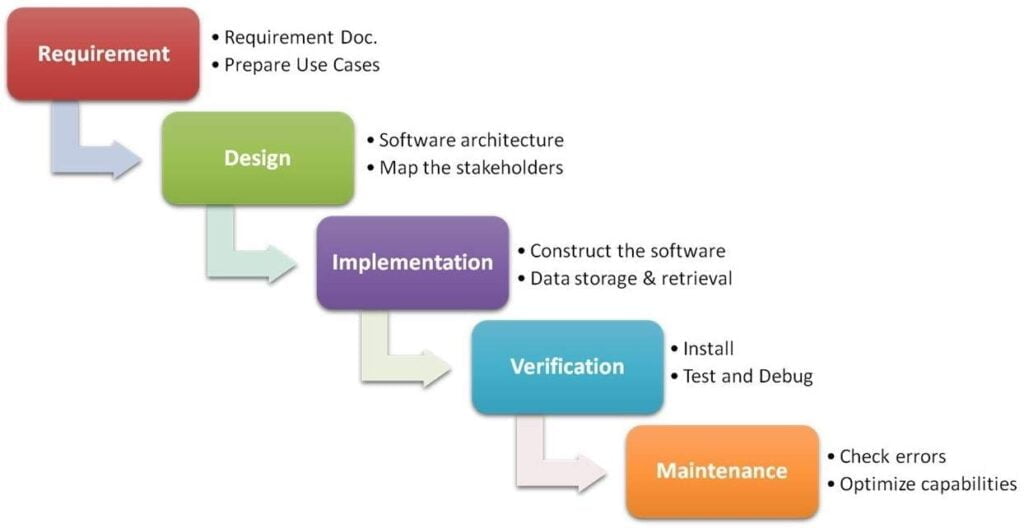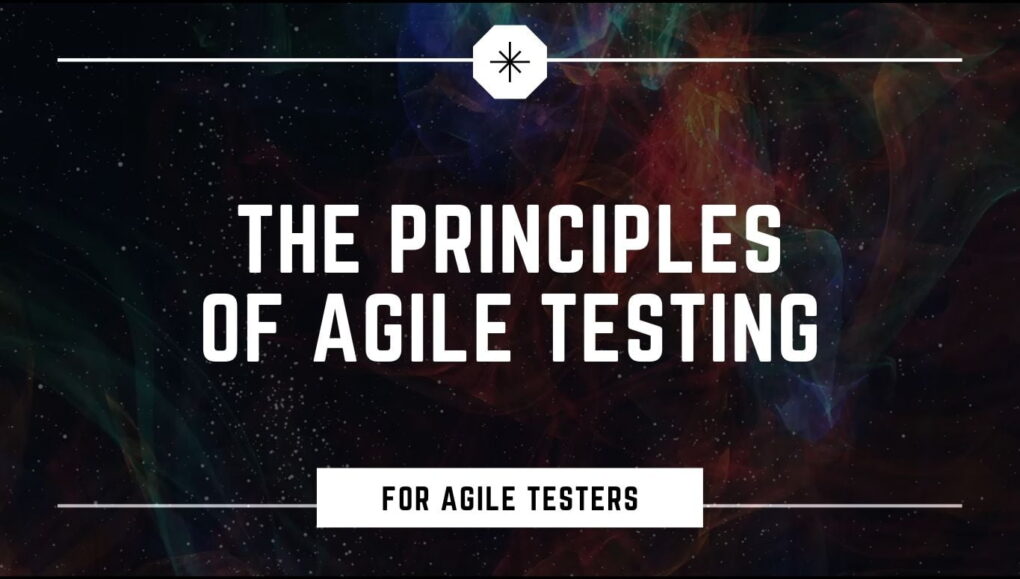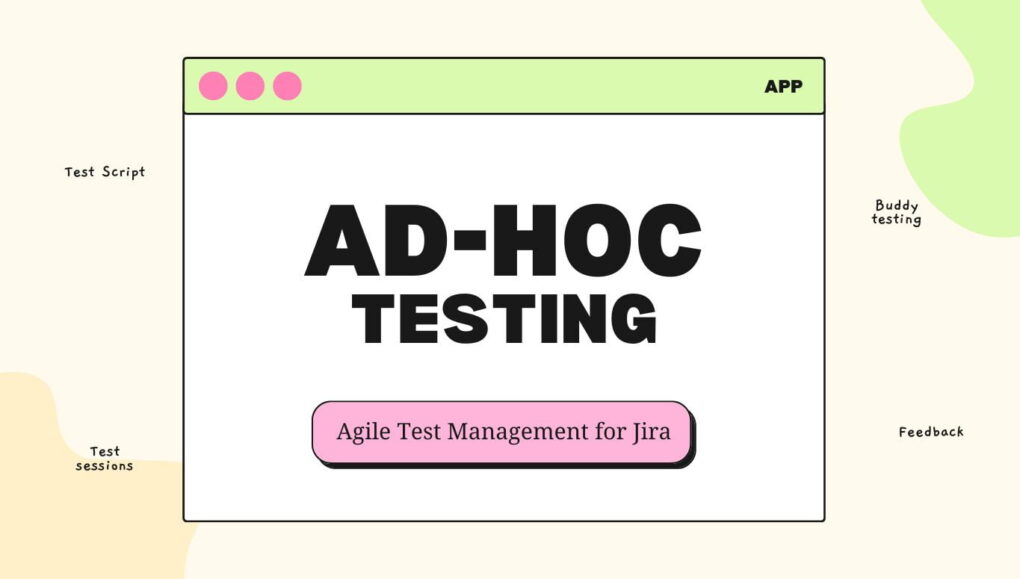Agile Testing
Agile testing is a software testing methodology that is based on the principles of agile software development. Agile testing involves close collaboration between the testing and development teams, with a focus on delivering a high-quality product in small, incremental iterations. The testing process is flexible and adapts to the changing needs of the project, with an emphasis on continuous improvement and rapid feedback.

Please refer to this article for more details Agile Testing
Waterfall Testing
Waterfall testing is a software testing approach that is used in the Waterfall Development methodology. The Waterfall methodology is a sequential and linear approach to software development, where each phase of the development process must be completed before moving on to the next. In this method, testing is typically done in a separate phase, after the development phase has been completed.

The objective of Waterfall testing is to identify defects and ensure the quality of the software product, before it is released to the end-users. The testing phase usually involves several types of tests, such as unit tests, integration tests, system tests, and acceptance tests. The testing phase is considered complete once all the identified defects have been fixed and the software meets the specified requirements and acceptance criteria.
Agile Testing vs Waterfall Testing Comparison
Here are some key differences between Agile Testing and Waterfall Testing
| Agile Testing | Waterfall Testing |
| Testers play a key role in defining requirements, which helps to align them with real-world behaviors and establish acceptance criteria. As a result, logical acceptance test cases can be created alongside the requirements. | Testers may not have participation in the requirements phase. |
| Testers and developers collaborate together in the Agile team | Testers and developers work separately |
| Testing is integrated and takes place simultaneously with development, not as a separate phase. | Testing is a distinct phase and cannot commence until development is completed for all levels and types. |
| There are no delays between coding and testing. | Typical time delays exist between coding and testing. |
| Testing is ongoing with overlapping test levels. | Testing is a time-bound activity and test levels cannot overlap with each other. |
| Testing is completed during each iteration, enabling regression testing to be performed every time new functions or logic are introduced. | Regression testing can only be executed once development is completed. |
Conclusion
Let’s conclude the comparision Agile Testing vs Waterfall Testing
Agile testing is best suited for software development projects that have the following characteristics:
- Rapid iterations and frequent releases: Agile testing is designed to support the fast-paced nature of agile development, with testing taking place during each iteration.
- Collaborative and flexible approach: Agile testing requires close collaboration between the development and testing teams, as well as a willingness to adapt to changing requirements and priorities.
- Emphasis on continuous improvement: Agile testing emphasizes continuous improvement and rapid feedback, with test results feeding back into the development process to drive improvement.
- Focus on delivering value to the end-user: Agile testing prioritizes the needs and perspectives of the end-user, with a focus on delivering a high-quality product that meets their needs.
- Complex and rapidly changing requirements: Agile testing is well suited to projects with complex requirements that are subject to frequent change, as it allows for rapid adaptation to changing needs.
Waterfall testing is best suited for software development projects that have the following characteristics:
- Well-defined requirements: Waterfall testing assumes that requirements are clearly defined and stable, which makes it easier to plan and execute testing activities.
- Predictable and sequential development process: Waterfall testing is designed for projects with a predictable and sequential development process, where each phase of development is completed before moving on to the next.
- Clear and defined testing phases: In a waterfall development model, testing is a distinct phase, with clear and defined testing activities.
- Limited scope for change: Waterfall testing assumes that changes to the requirements will be limited, and that any changes can be accommodated within the existing development plan.
- Focus on documentation and traceability: Waterfall testing places a strong emphasis on documentation and traceability, with a focus on proving that the product meets the specified requirements.



